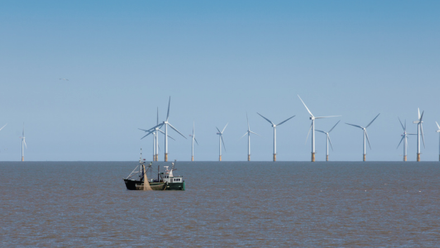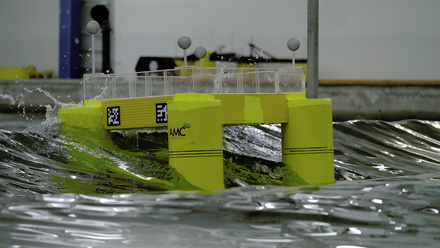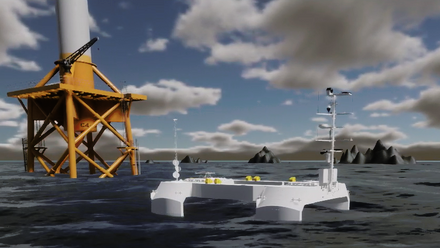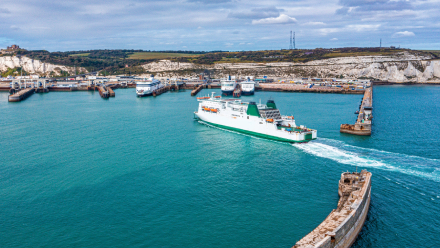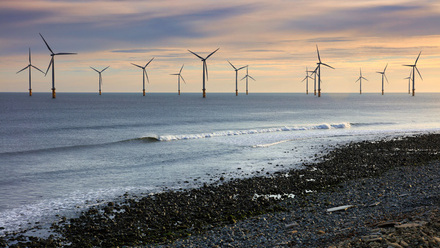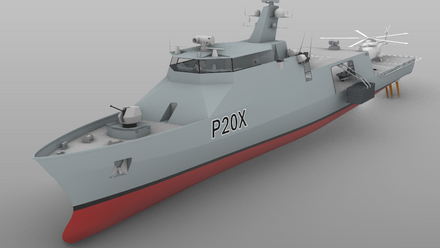History: reliving the first turbine-powered destroyers
By 1897 Queen Victoria had been on the throne for 60 years and, to celebrate her diamond jubilee, a fleet review was held at Spithead, Hampshire. During this, a small launch cheekily raced through the columns of ships, outpacing all picket boats tasked with ensuring security. The launch was Turbinia, Charles Parsons’ experimental test vessel for trialling his first seagoing turbines.
Impressed by this performance, the British Admiralty decided to order a turbine-powered example of its typical torpedo boat destroyers (TBDs) to test out this new machinery concept. At that time TBDs were normally propelled by steam reciprocating machinery which could not maintain high speeds due to severe vibration, only partially overcome with balancing. In the end the Admiralty would order three turbine-powered examples, but the results were less than successful, though not because of the machinery.
First naval trials
The first turbine-powered TBD was ordered in March 1898 from Parsons with the company’s turbine machinery to be installed in a hull built by Hawthorn Leslie. Completed during 1900, at 64m long, the 344-ton Viper was arranged with four shafts driven by the turbines totalling 7,904kW and with two propellers in tandem on each. The two outer shafts were driven by high-pressure turbines while the inner pair by low-pressure turbines, and it was also fitted with separate turbines for running astern.
During trials on August 31, 1900, Viper reached a speed of more than 33.5 knots, making it the fastest vessel in the world at the time. However, just under a year later, on August 3, 1901, it ran aground while on manoeuvres near the Channel Islands, broke in half and was abandoned.
While construction of Viper was still in hand, a second vessel, Cobra, was purchased from the Armstrong shipyard in May 1900. The 68m long TBD displaced 375 tons and was also fitted with four Parsons turbines totalling 8,600kW. However, during construction, a surveyor raised concerns that the hull structure was below the standard of other TBDs, a warning of what was to come. This was put down to its larger size which, in contrast, offered improved crew accommodation and enabled electric lighting to be installed throughout.
Just a month after the loss of Viper, on September 18, 1901, Cobra foundered on its delivery voyage with just 12 survivors, while 44 Navy officers and men, as well as 23 staff from the contractors, mostly Parsons Marine, were drowned. Following an enquiry, the loss was attributed to the weakness of the hull structure.
A third attempt
Because of the loss of the two experimental TBDs after less than a year of operating experience, a third experimental TBD was ordered from Parsons in July 1902. This vessel, Velox, would prove to have a much longer life, surviving for many years only to be lost during World War I when it was mined in the English Channel on October 25, 1915.
Sea trials showed that Velox was as fast as hoped, reaching 34.5 knots with a light load, and when fully loaded, as was required by contractual requirements, made 27.249 knots. However, fuel consumption was excessive, being up to 80% higher than standard TBDs and it was not considered a success in service.
The evolution of turbines
Despite the early setbacks, some significant conclusions were drawn from these initial trials. The advantages of the turbine were its compact size, smooth running, fewer components and the need for fewer engine room staff. In contrast, the most important drawback was the much-reduced efficiency when operating at below optimum speed. This necessitated the installing of cruising turbines in addition to the top speed ones, resulting in increased machinery weight and the need for more engine room space.
In due course the teething problems would be overcome with the introduction of gearing to reduce turbine speed, thereby improving efficiency. Parsons had developed helical reduction gearing for marine turbines, and in 1908 converted the cargo ship Vespasian to turbine propulsion with reduction gearing as a test vessel. The first semi-geared* turbine destroyers in the Royal Navy were Badger and Beaver of 1912, while full, single reduction gearing was first installed in the destroyers Leonidas and Lucifer in 1913.
Turbines would increasingly be adopted for larger naval tonnage. Amethyst, a third-class protected cruiser of 1905, was the first vessel other than a TBD to be so powered, while most famous of all was the battleship Dreadnought, completed in 1906, which revolutionised capital ship design in so many ways including being turbine-powered (the first commercial vessel to be driven by steam turbines was the River Clyde excursion ship King Edward of 1901).
Eventually, the steam turbine would emerge as the preferred propulsion system for the majority of ships, both naval and merchant, until marine diesel gained in popularity.
* Gearing was fitted for only part of the installation.
Image: Cobra, the second turbine-equipped torpedo boat destroyer running trials; credit: Parsons (historic).
Tell us what you think about this article by joining the discussion on IMarEST Connect.

